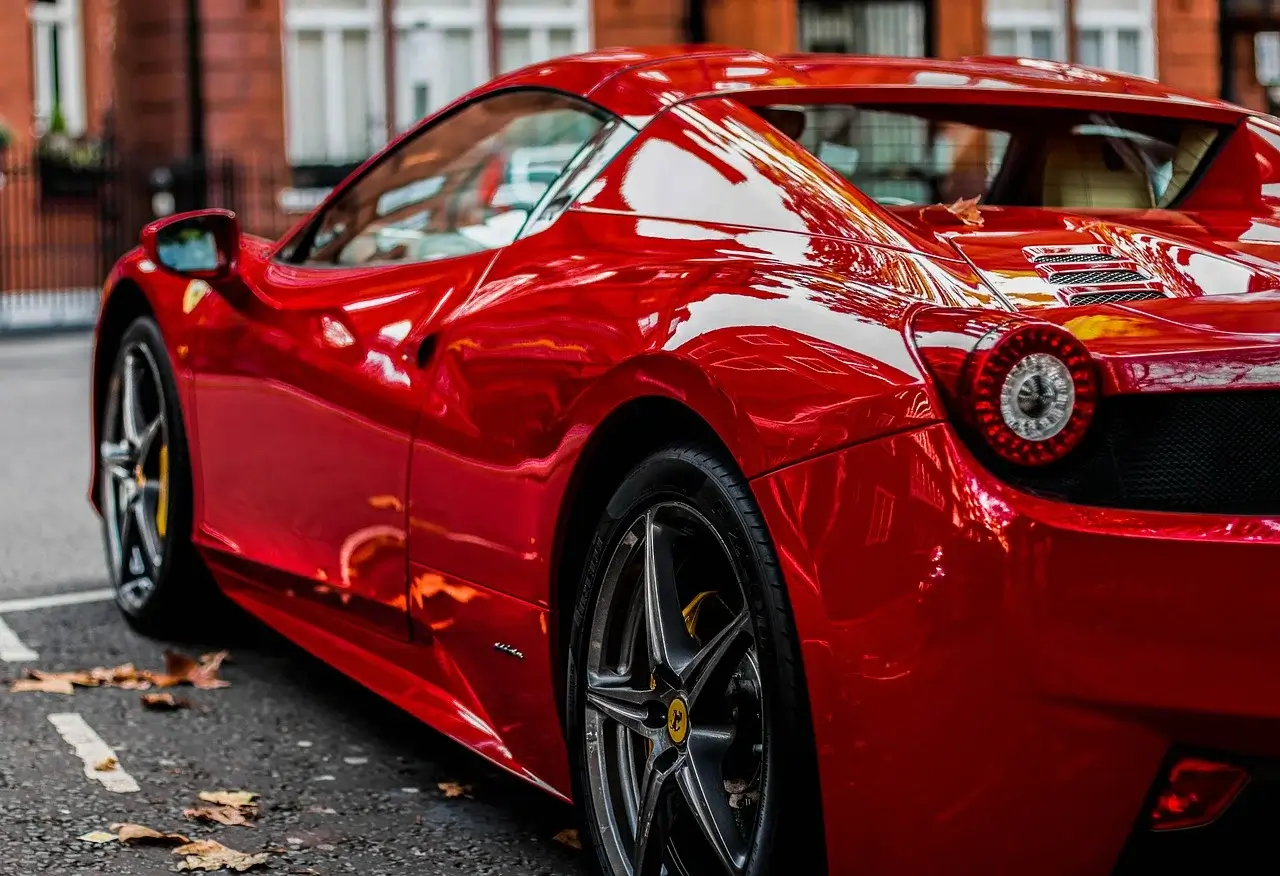Ferrari to Accept Bitcoin Payments in Europe
24.07.2024 18:30 1 min. read Alexander Stefanov
On July 24, Ferrari announced plans to extend its cryptocurrency payment option to its European dealerships by the end of the month.
Following the success of this service in the U.S., the Italian sports car maker aims to introduce crypto payments to more regions globally by the end of 2024, though this will be limited to countries where digital currencies are legally recognized.
Ferrari’s decision to embrace cryptocurrency payments comes after observing the 2023-2024 crypto market surge. Initially, the company partnered with BitPay in the U.S. to handle transactions in Bitcoin, Ethereum, and USDC. BitPay will convert crypto payments into traditional currency immediately, protecting dealers from price volatility and eliminating customer fees.
Ferrari has not yet announced whether it will use other payment processors in Europe or elsewhere.
Tesla, which briefly accepted Bitcoin payments in early 2021, halted this practice due to environmental concerns related to Bitcoin mining. Although much mining has shifted to greener methods, Tesla has not resumed Bitcoin payments.
Meanwhile, Elon Musk has voiced concerns about the future stability of the U.S. Dollar, suggesting that a return to accepting Bitcoin could be on the horizon and might inspire other companies to follow suit.
-
1
Bitcoin Nears Key Support Levels Amid Growing Market Uncertainty
10.06.2025 18:00 1 min. read -
2
Michael Saylor Urges Apple to Buy Bitcoin
11.06.2025 9:00 1 min. read -
3
Bitcoin Price Prediction: Can the Genius Act Push Bitcoin to $200K?
20.06.2025 22:52 3 min. read -
4
Strategy’s Michael Saylor Says Bitcoin’s Volatility Era Is Over
13.06.2025 8:00 1 min. read -
5
Bitcoin Struggles as Selling Pressure Mounts Amid Geopolitical Turmoil
13.06.2025 15:00 2 min. read
Strategy Boosts Bitcoin Holdings to 597,325 BTC with Latest Purchase
Bitcoin giant Strategy has added another 4,980 BTC to its reserves in a purchase worth approximately $531.9 million, according to Executive Chairman Michael Saylor.
Veteran Trader Peter Brandt Shares Simple Wealth Strategy with Bitcoin at Its Core
According to renowned market veteran Peter Brandt, trading isn’t the path to prosperity for the vast majority of people.
Why Bitcoin Is Stuck Despite Wall Street Demand
Charles Edwards, founder and CEO of Capriole Investments, has offered a fresh perspective on Bitcoin’s stalled price movement near the $100,000 mark, despite growing institutional enthusiasm.
Metaplanet Now Holds 13,350 BTC Worth $1.4 Billion
Metaplanet has expanded its Bitcoin treasury with a new acquisition of 1,005 BTC valued at approximately $108.1 million, further cementing its status as one of the largest corporate holders of the digital asset.
-
1
Bitcoin Nears Key Support Levels Amid Growing Market Uncertainty
10.06.2025 18:00 1 min. read -
2
Michael Saylor Urges Apple to Buy Bitcoin
11.06.2025 9:00 1 min. read -
3
Bitcoin Price Prediction: Can the Genius Act Push Bitcoin to $200K?
20.06.2025 22:52 3 min. read -
4
Strategy’s Michael Saylor Says Bitcoin’s Volatility Era Is Over
13.06.2025 8:00 1 min. read -
5
Bitcoin Struggles as Selling Pressure Mounts Amid Geopolitical Turmoil
13.06.2025 15:00 2 min. read


